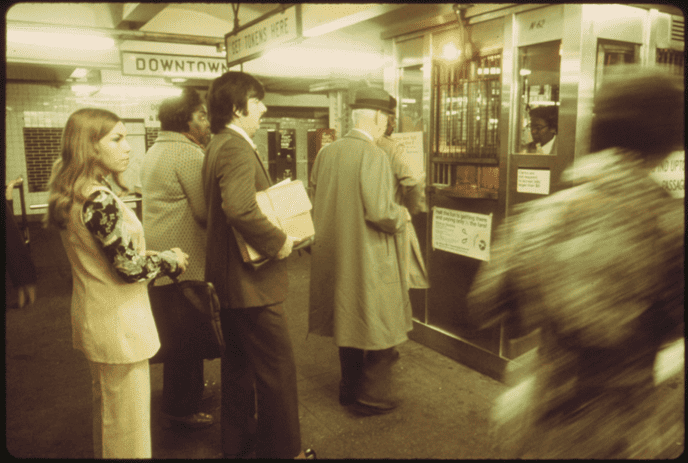As we discussed in this previous blog, filing a provisional patent application can be a good way for a company or individual inventor to “save a place in line” (so to speak) without spending a lot of money.
(It’s important to note that there’s no such thing as a “provisional patent.” There are only provisional patent applications. Provisional applications can’t magically turn into granted patents; only non-provisional applications can result in patents.)
A provisional patent application establishes an early filing date for an invention, reserving rights until a full application can be filed.
The fee for filing a provisional application is $130, versus $730 for a non-provisional application. That’s not a huge difference, but the legal fees are usually also significantly lower for provisional because the application is much simpler.
Although it’s best if the provisional application describes the claimed invention as fully as possible, the inventor can continue to tinker with the invention and file a whole series of provisional applications before filing the regular application. The non-provisional application can claim priority to the earliest provisional application in the preceding six months.
A provisional application can be pending for only 12 months before a non-provisional patent is filed. This period can only be extended under extraordinary circumstances, so it’s not safe to bet on receiving an extension. Also, if a two-month extension is granted it will cost $1700 in additional fees — more than filing a non-provisional application in the first place.
Filing a provisional application has various benefits:
- It limits the prior art that can be cited against your regular application. Only prior art from before your provisional application could hurt you.
- It gives you breathing room to decide whether it’s worth the time and expense to file a non-provisional application.
- It formalizes intellectual property rights that you can license and monetize.
- You can truthfully tell potential investors (and people you meet in bars) that you have a patent pending.
But as we said before, just because a provisional application isn’t as formal as a regular application, that doesn’t mean it can be rushed or sloppy. Properly drafted, it can provide a foundation for future patent rights. Done wrong, it won’t protect an invention and is a waste of time, money, and opportunity.


